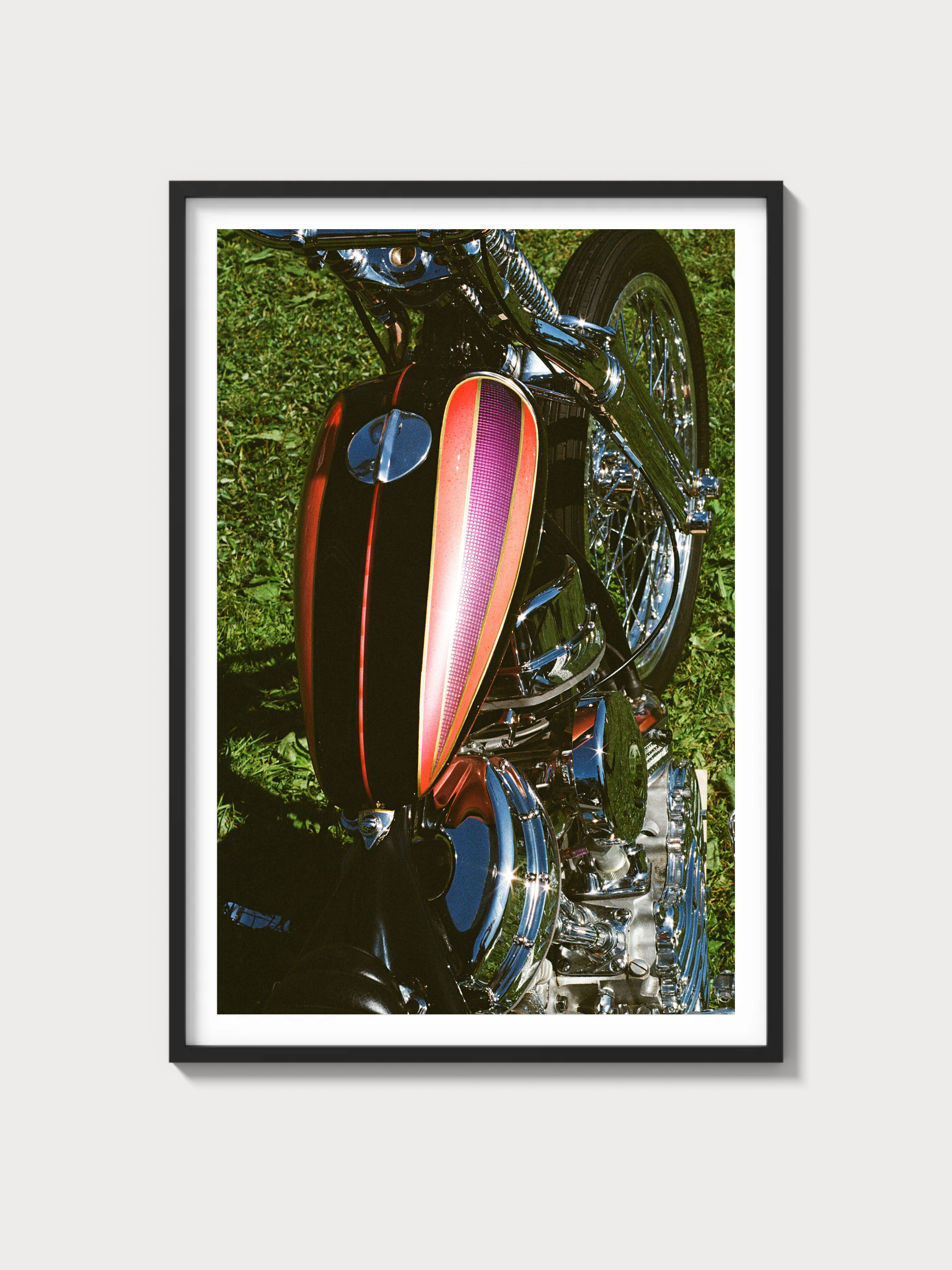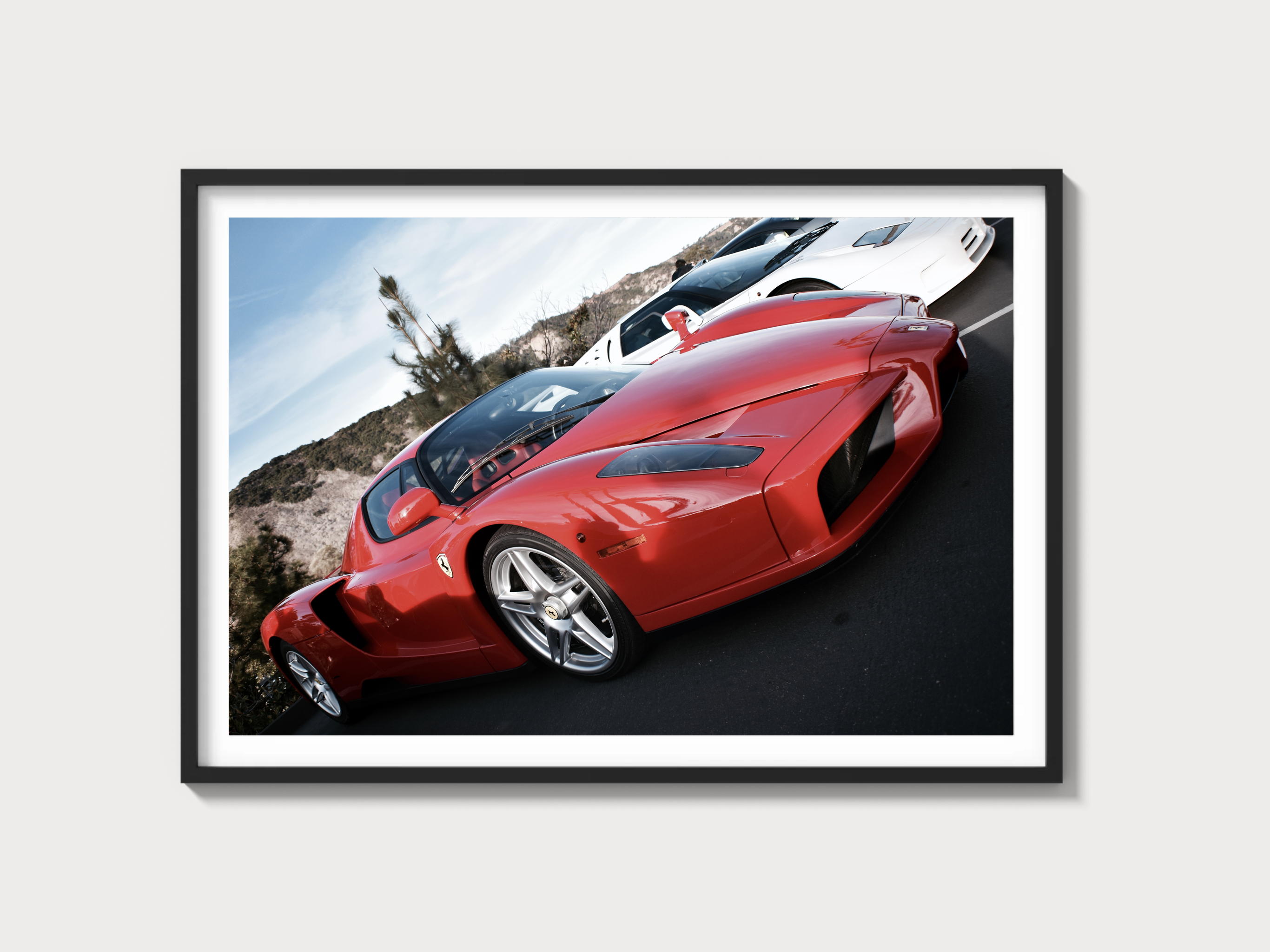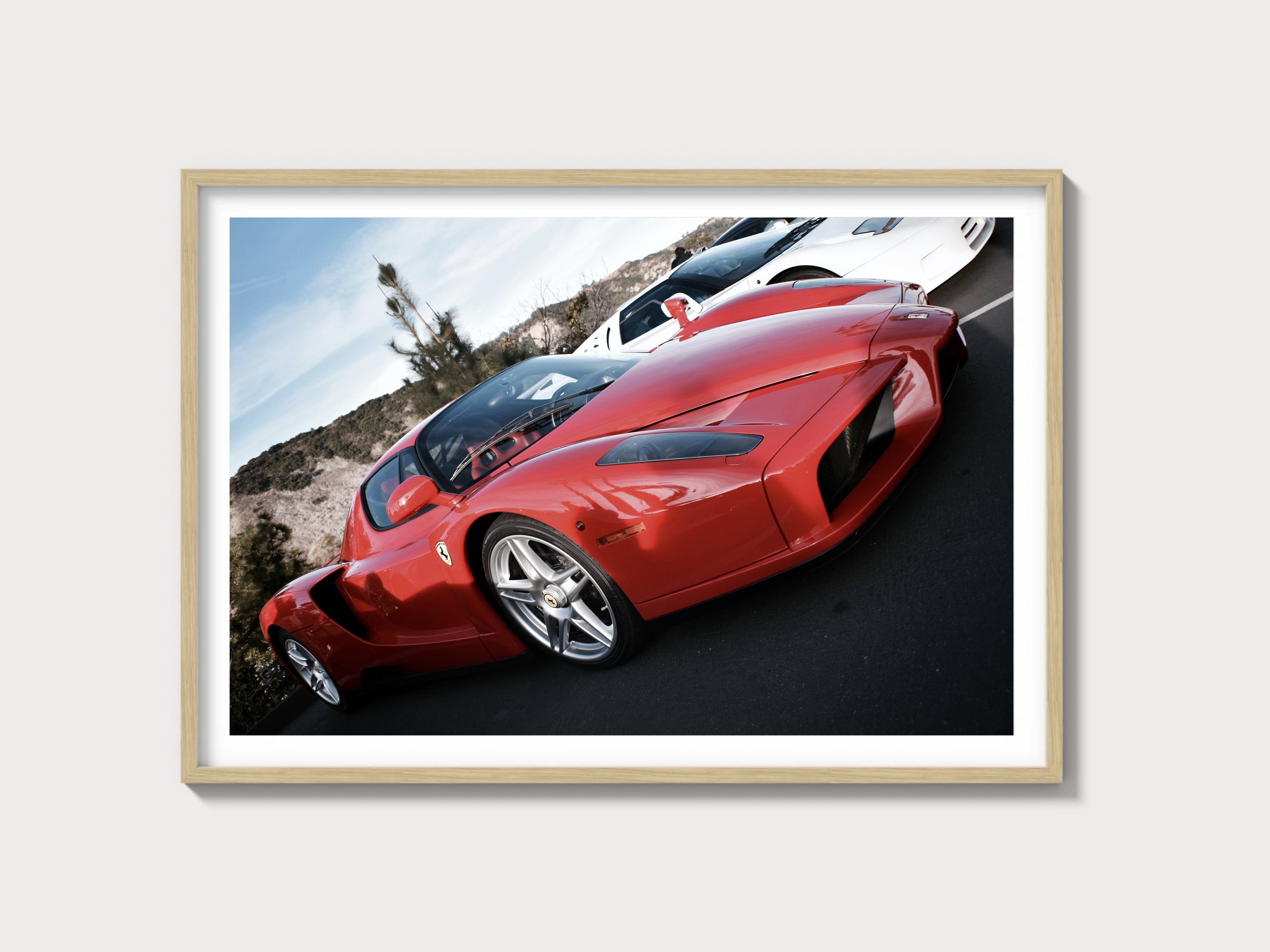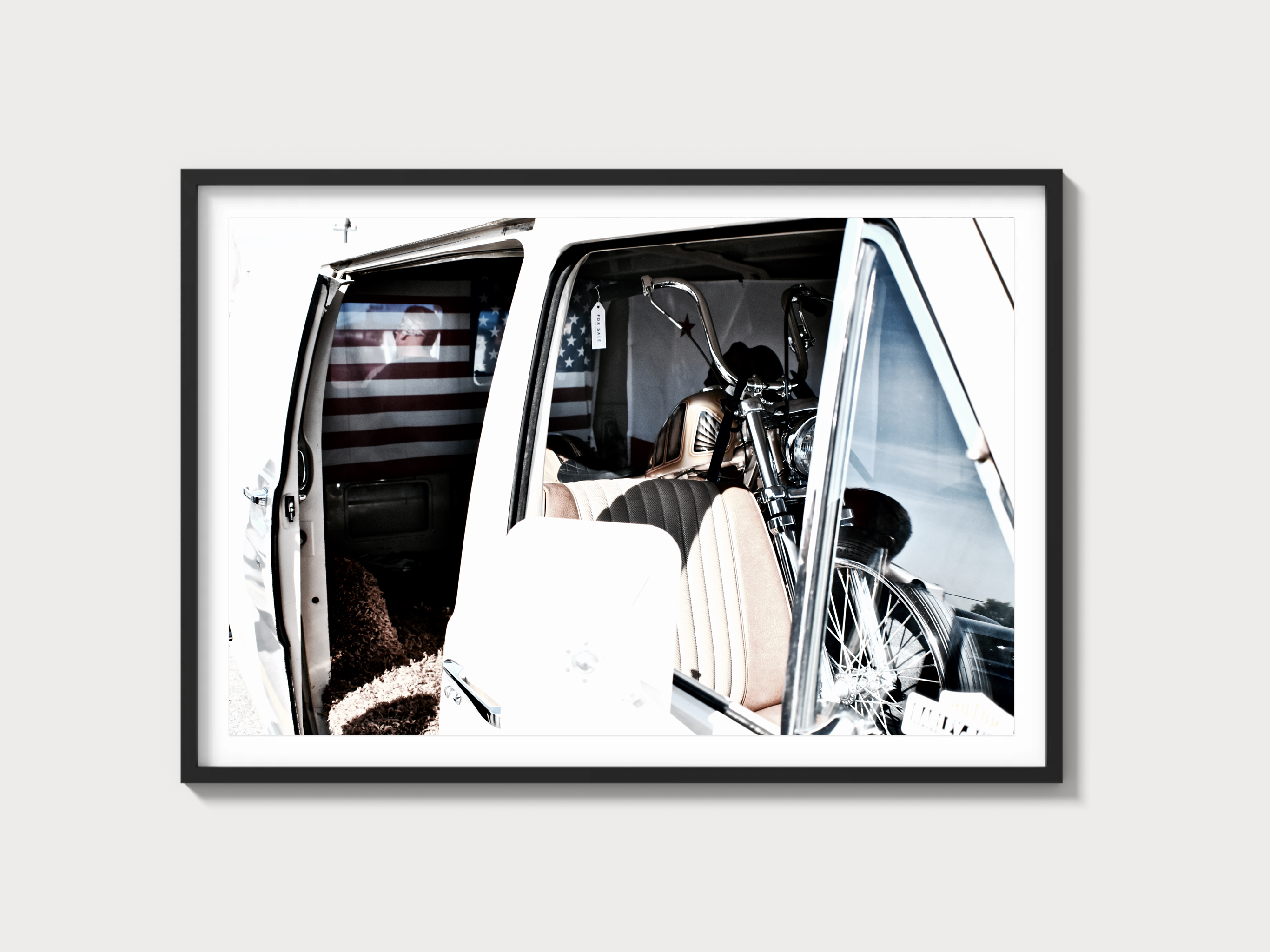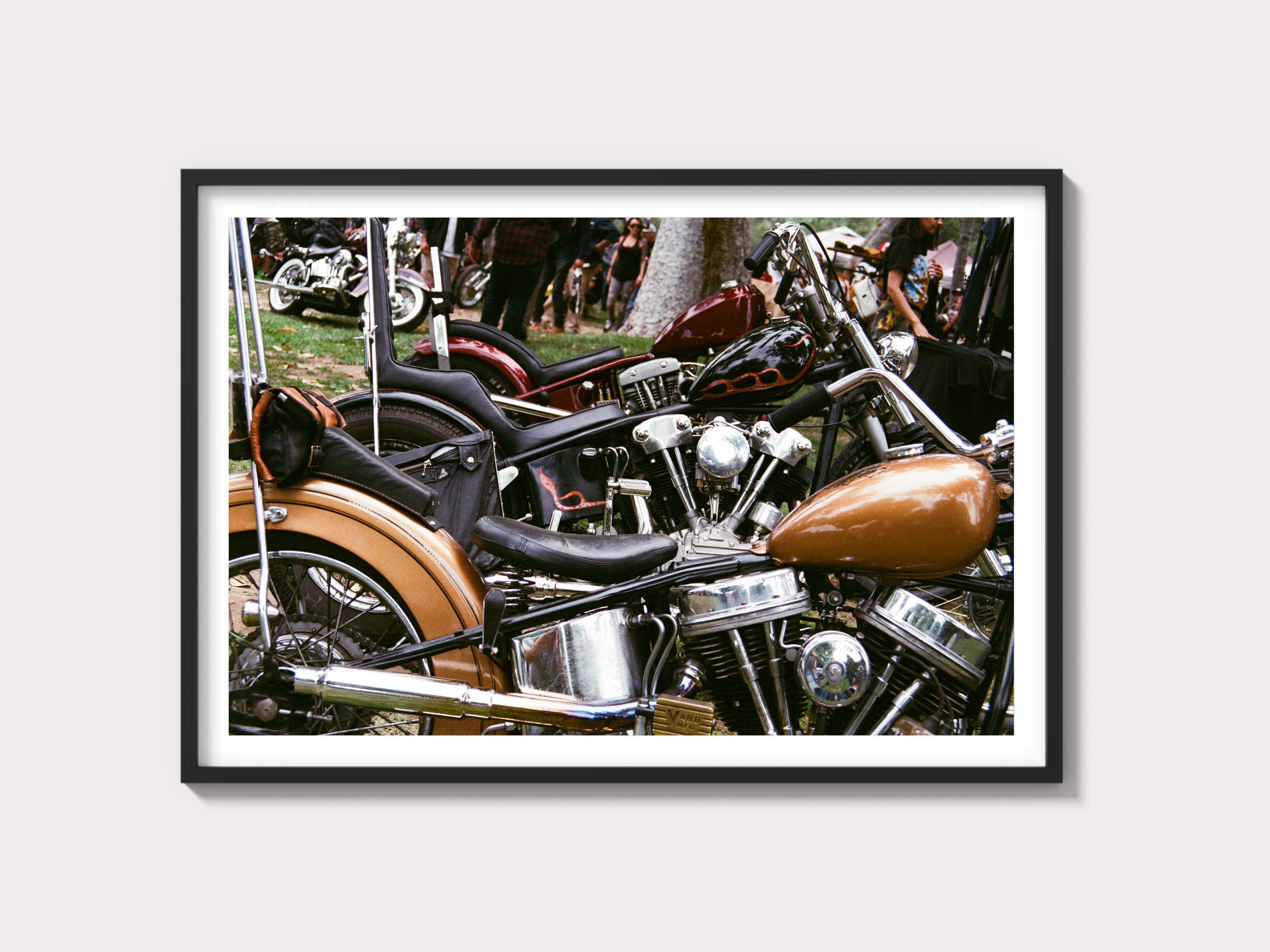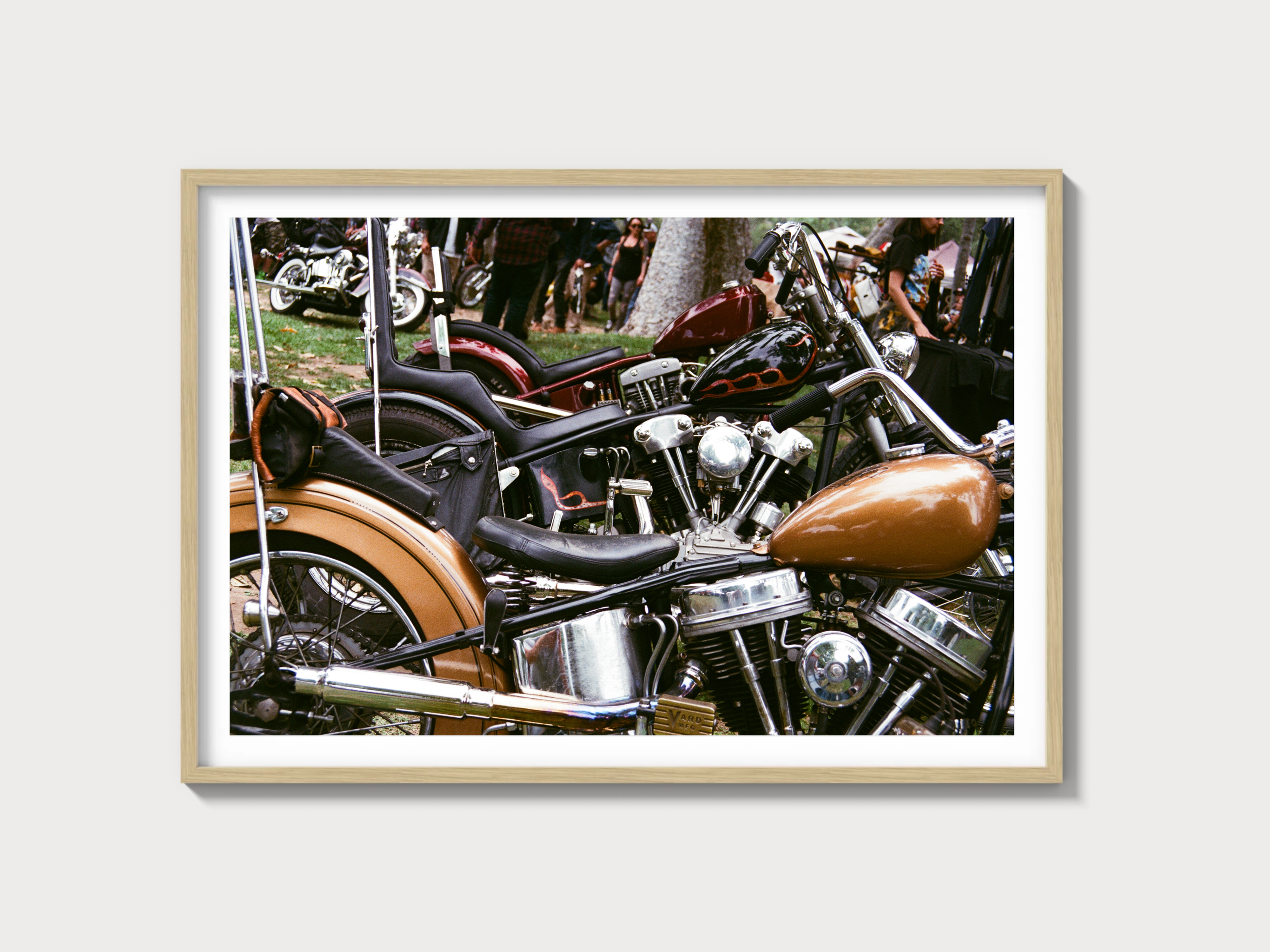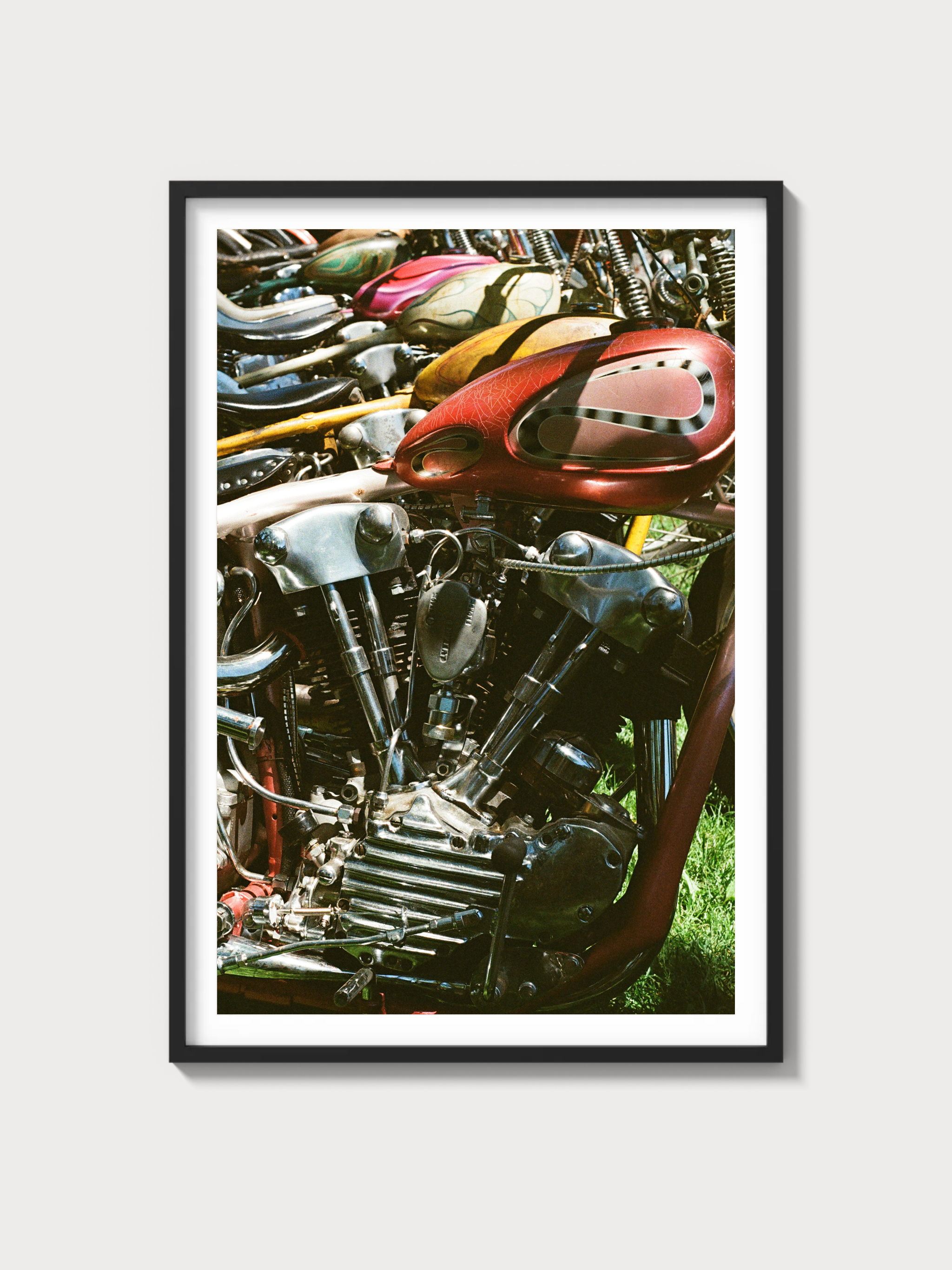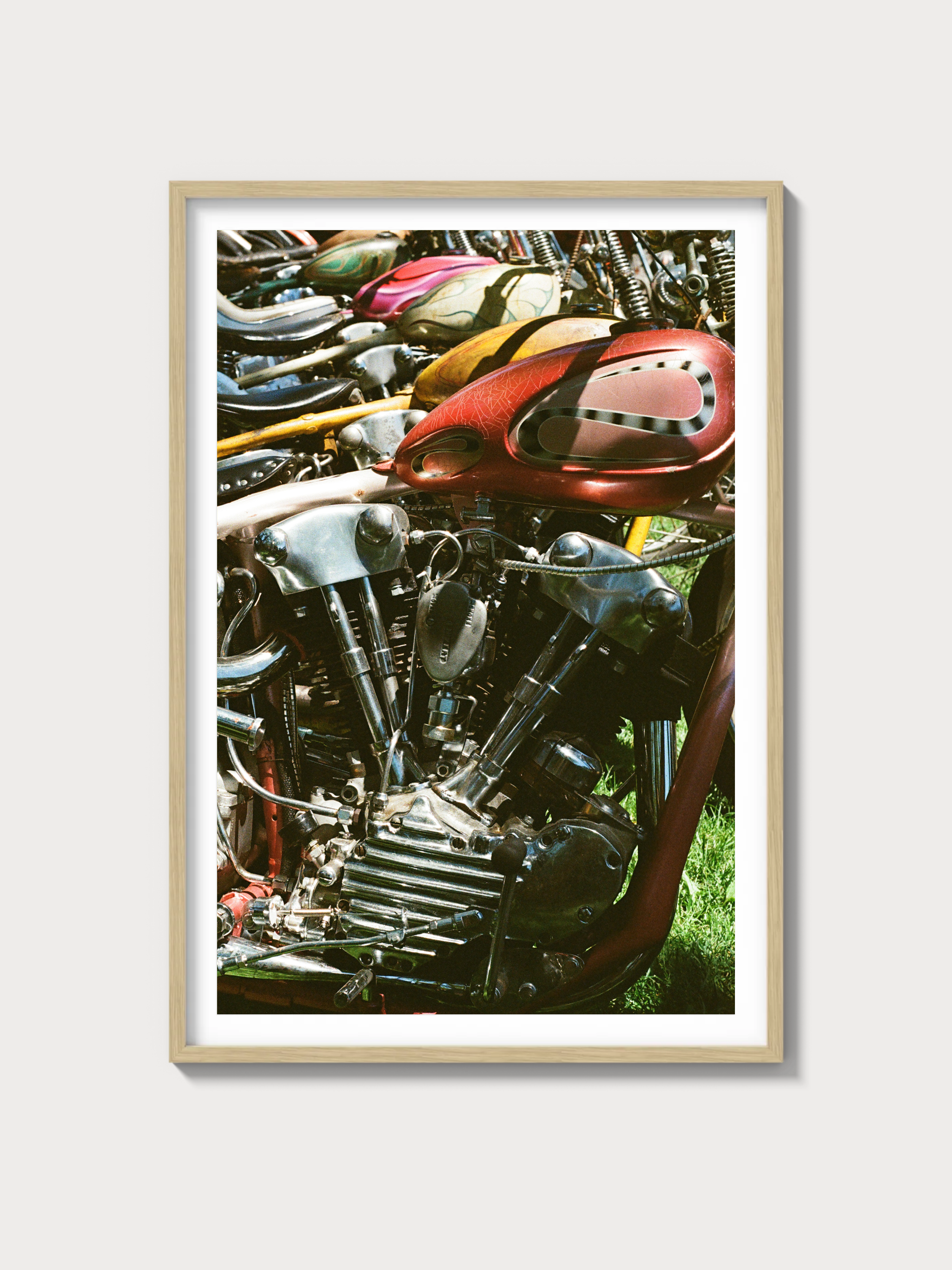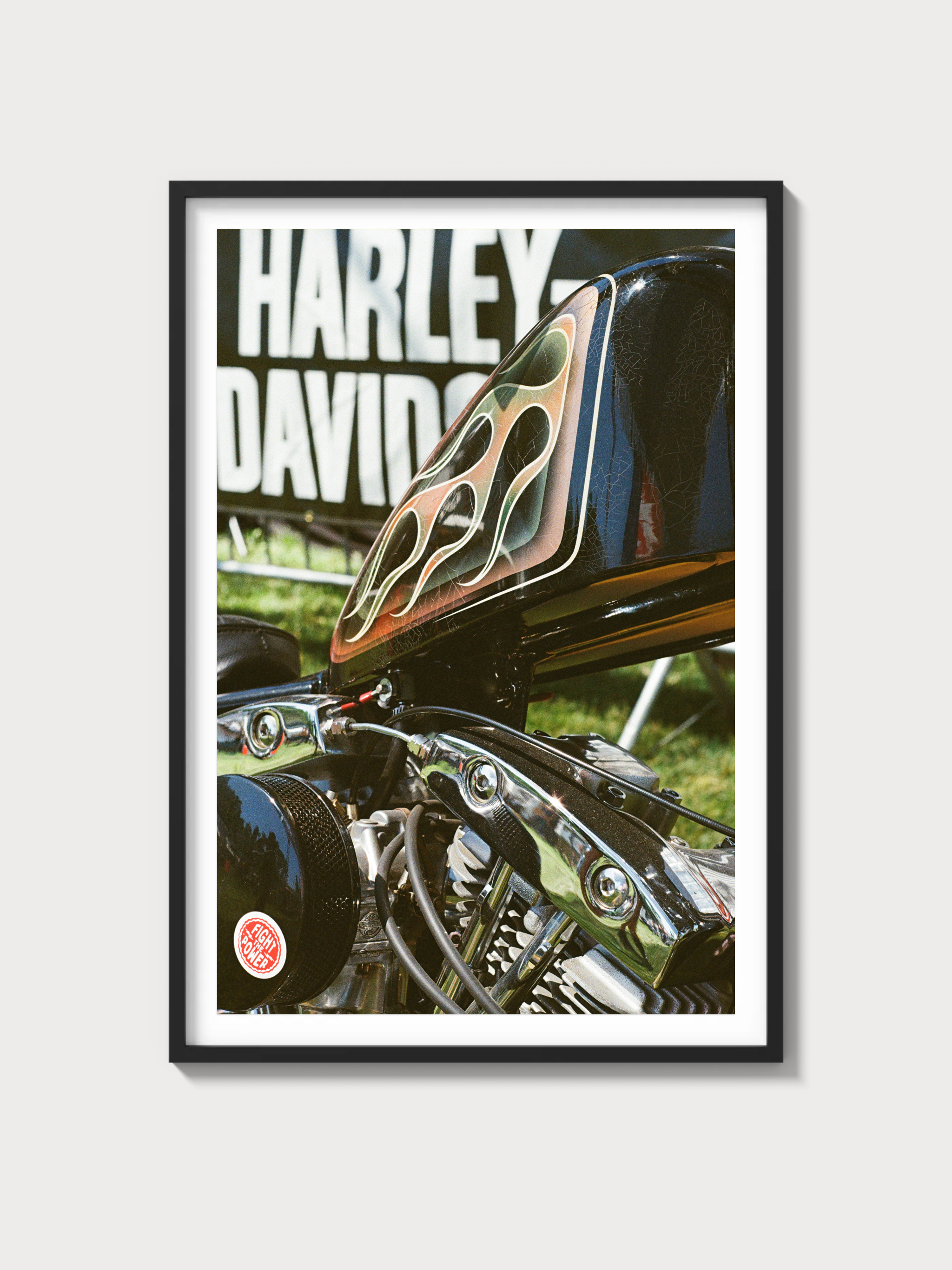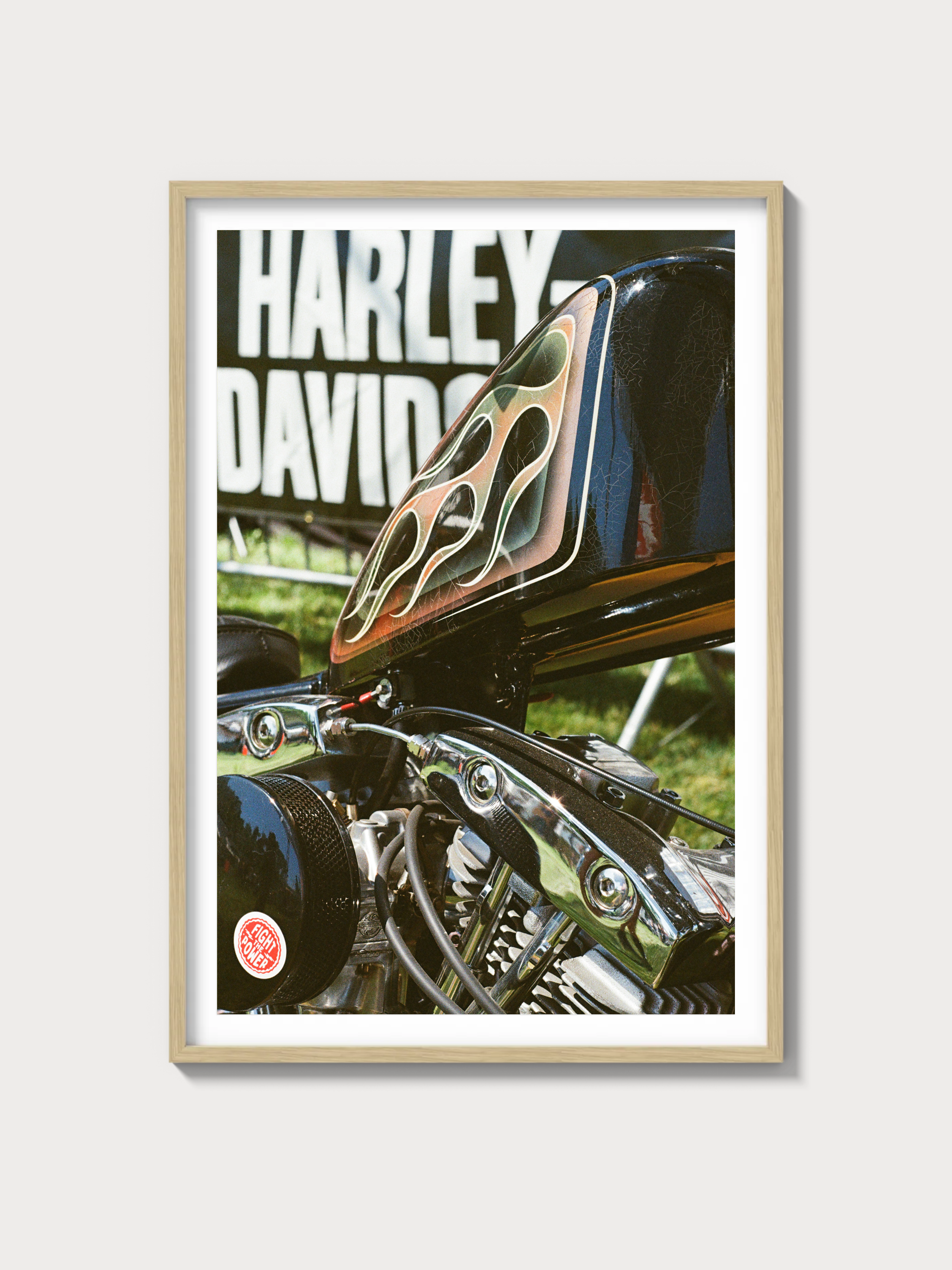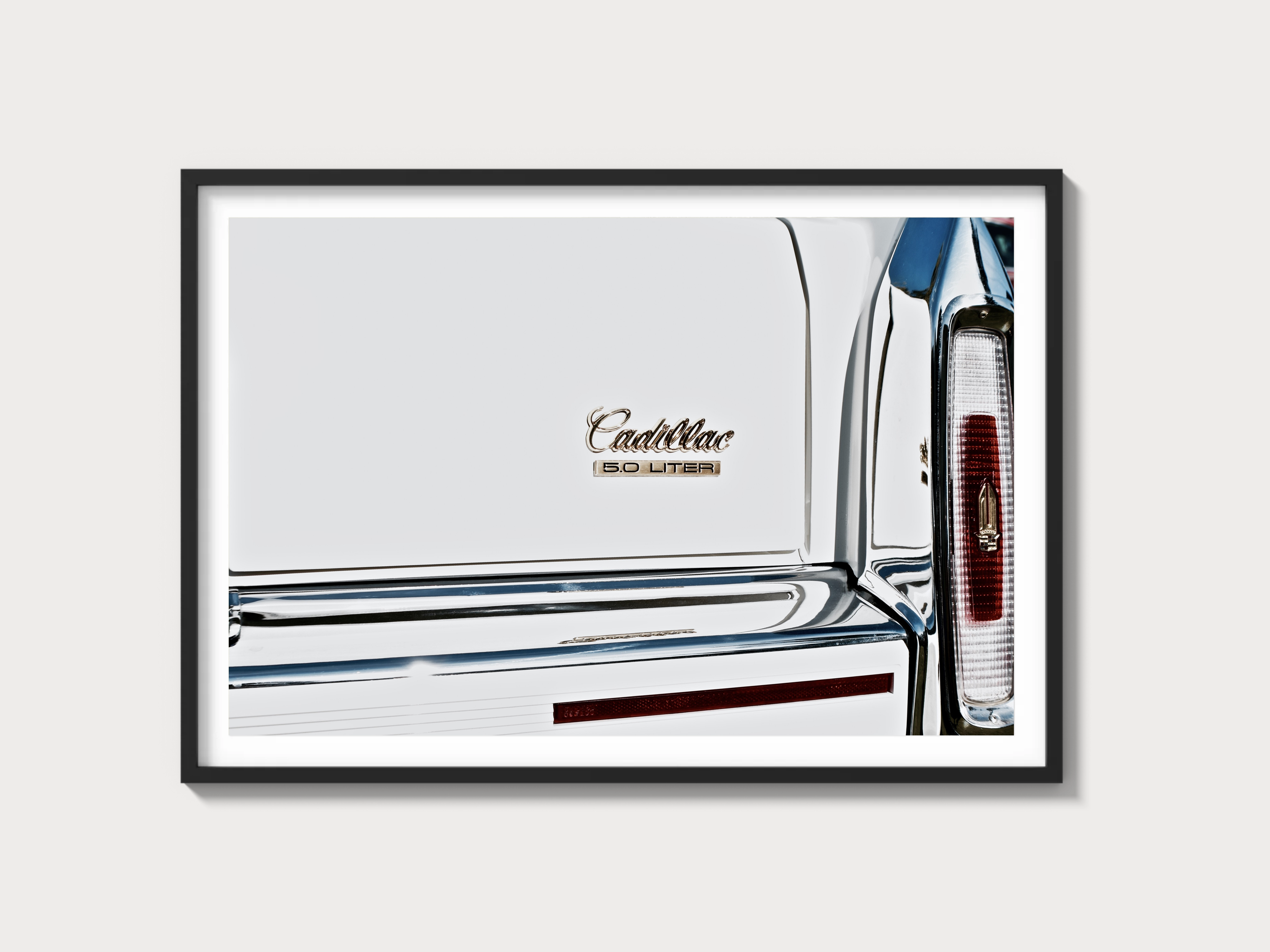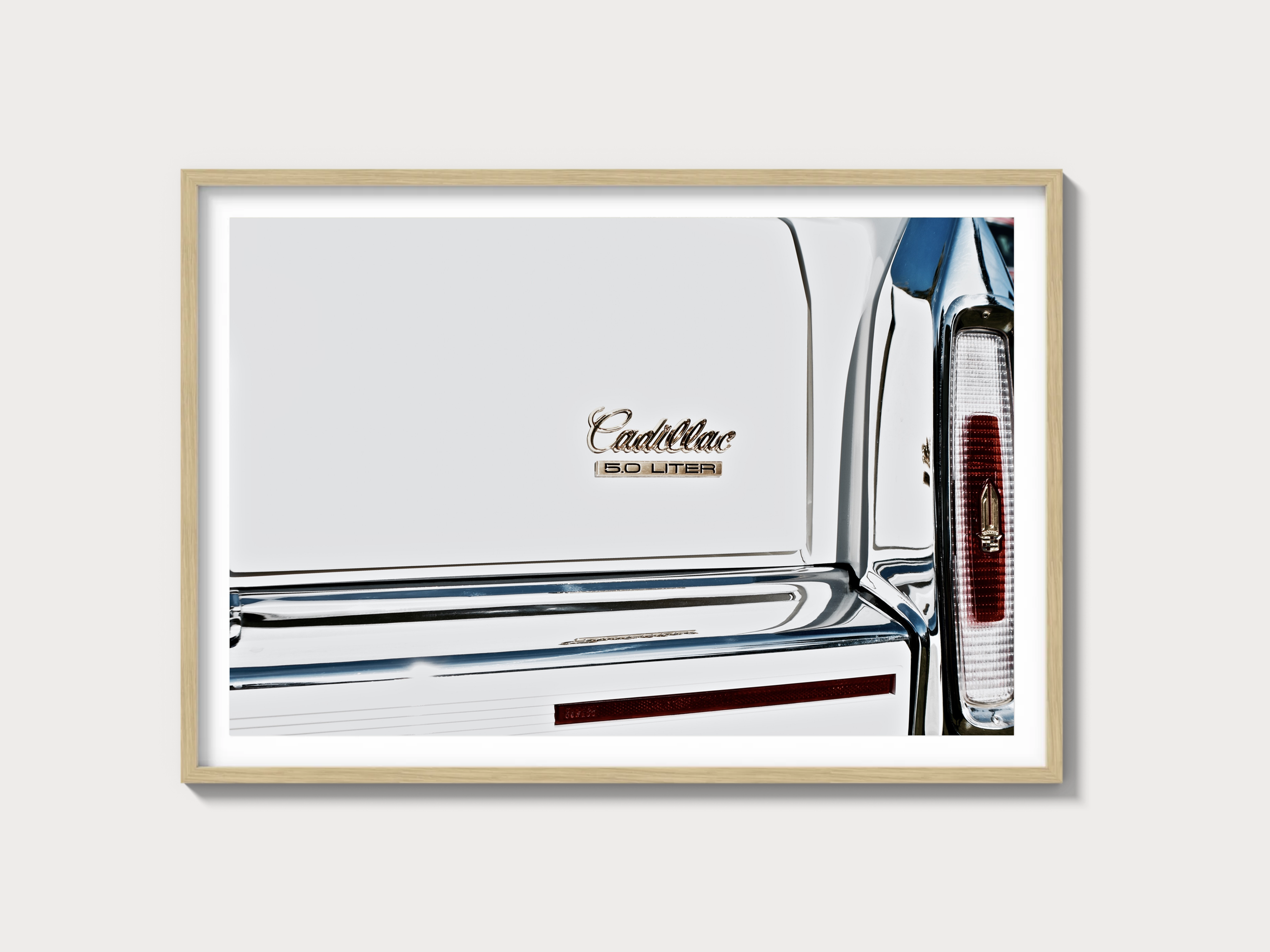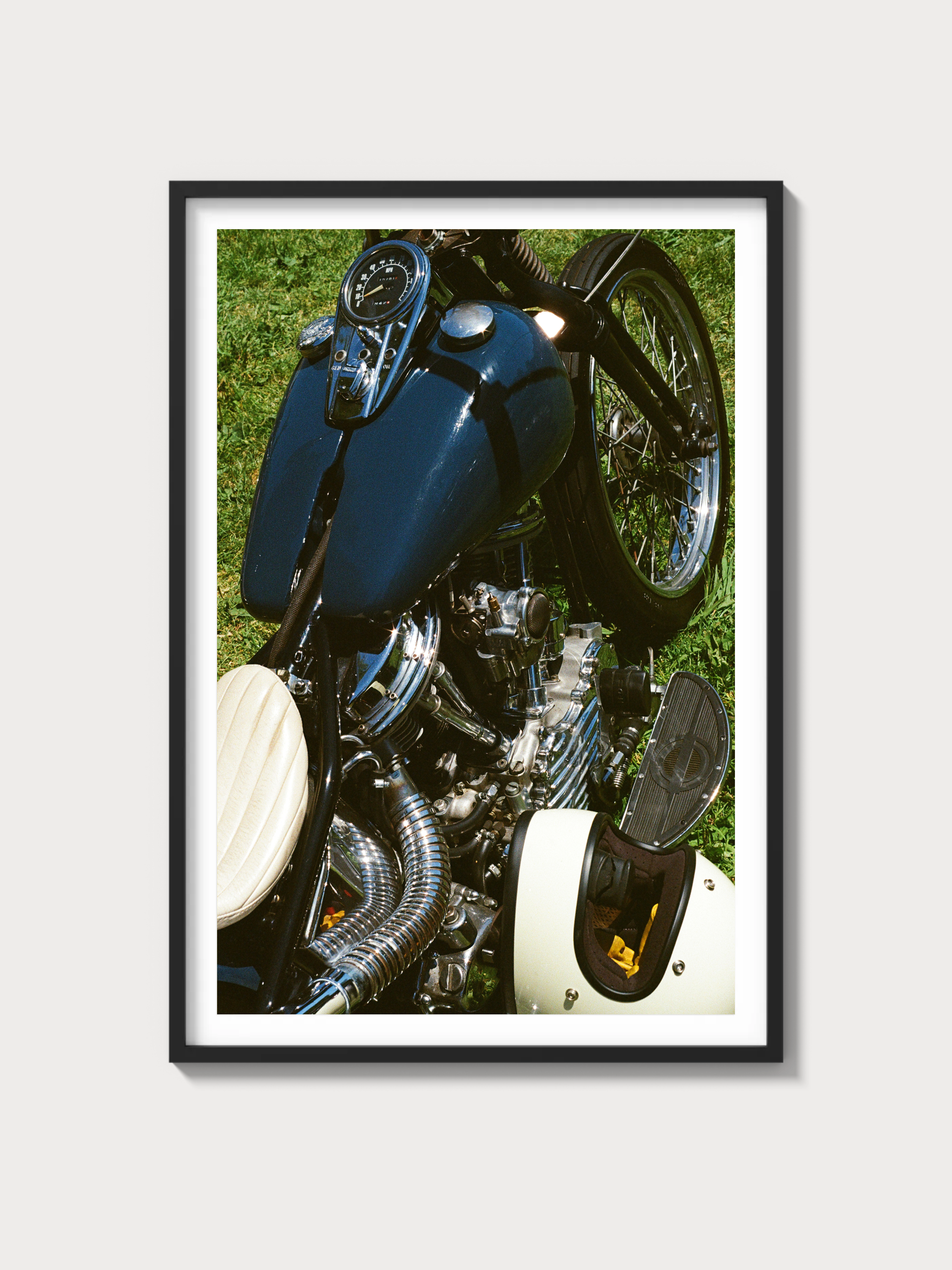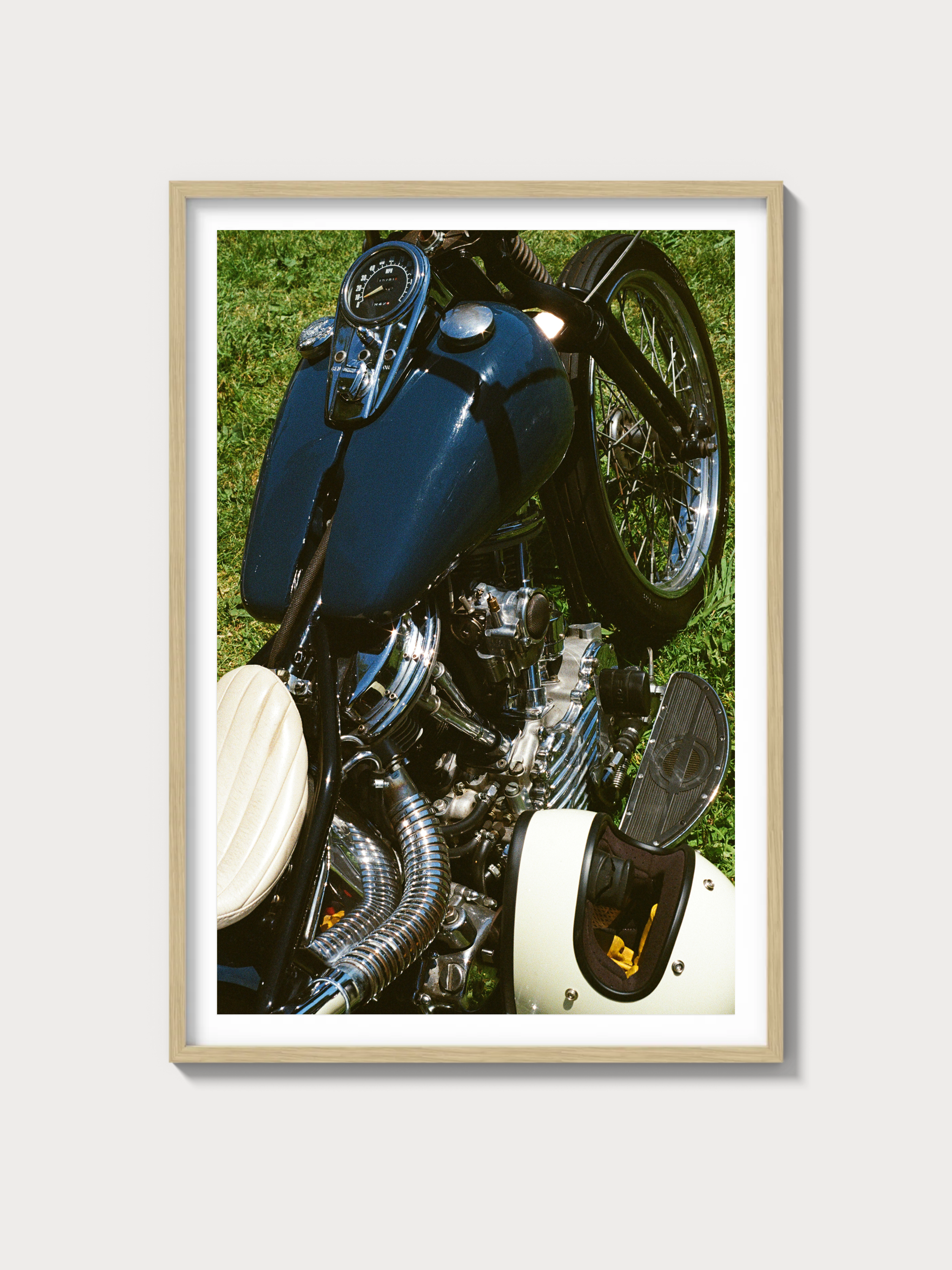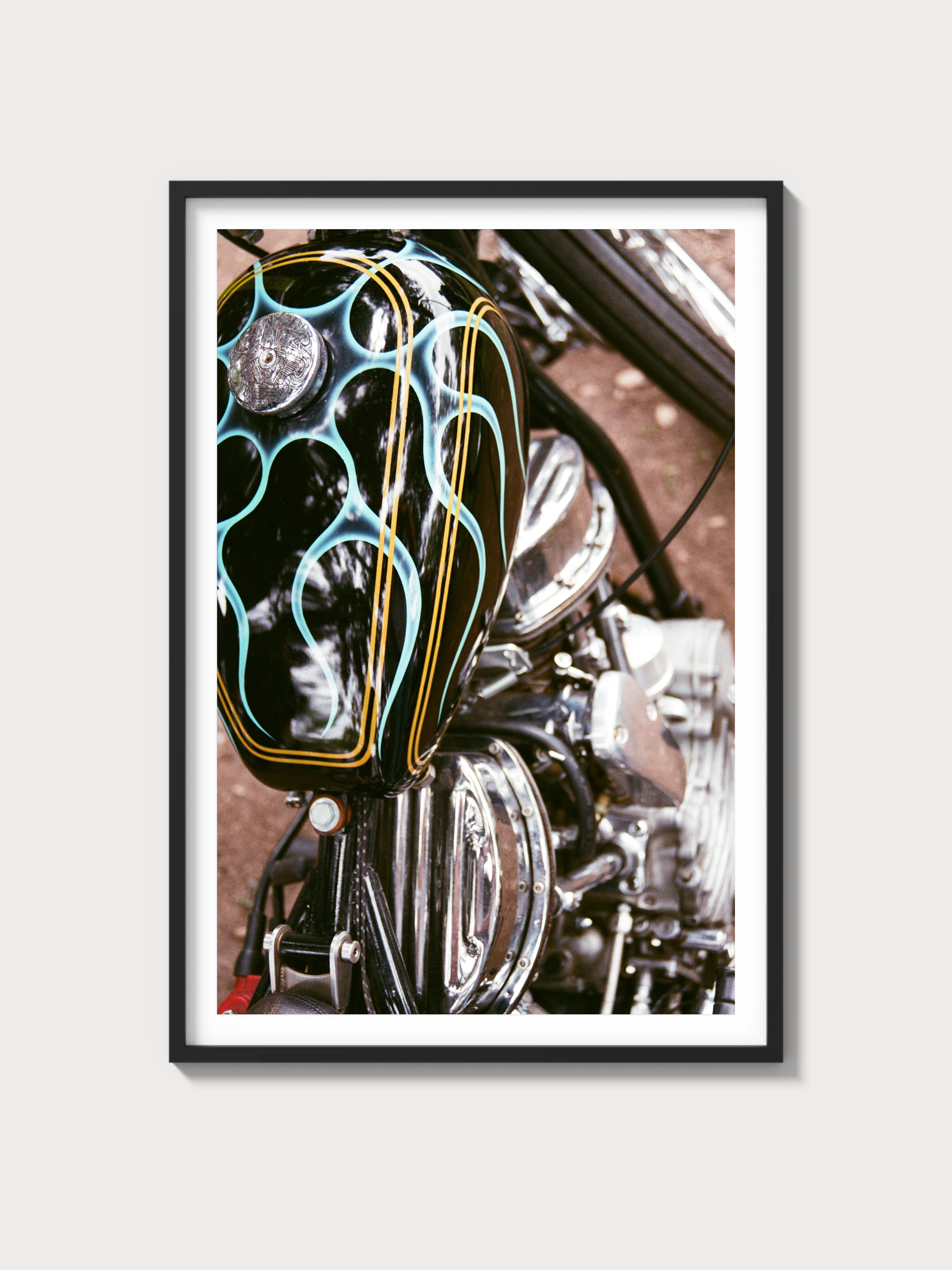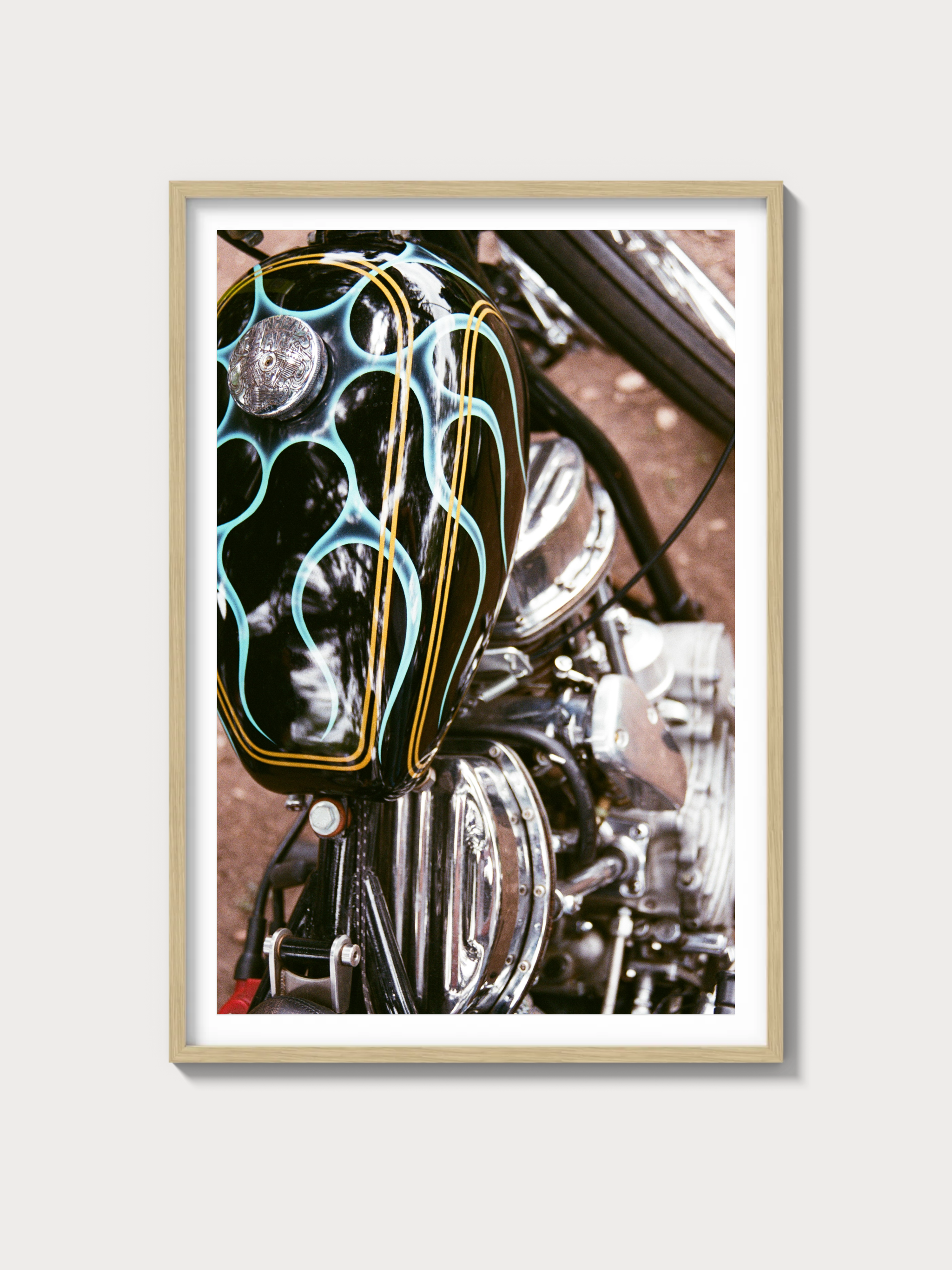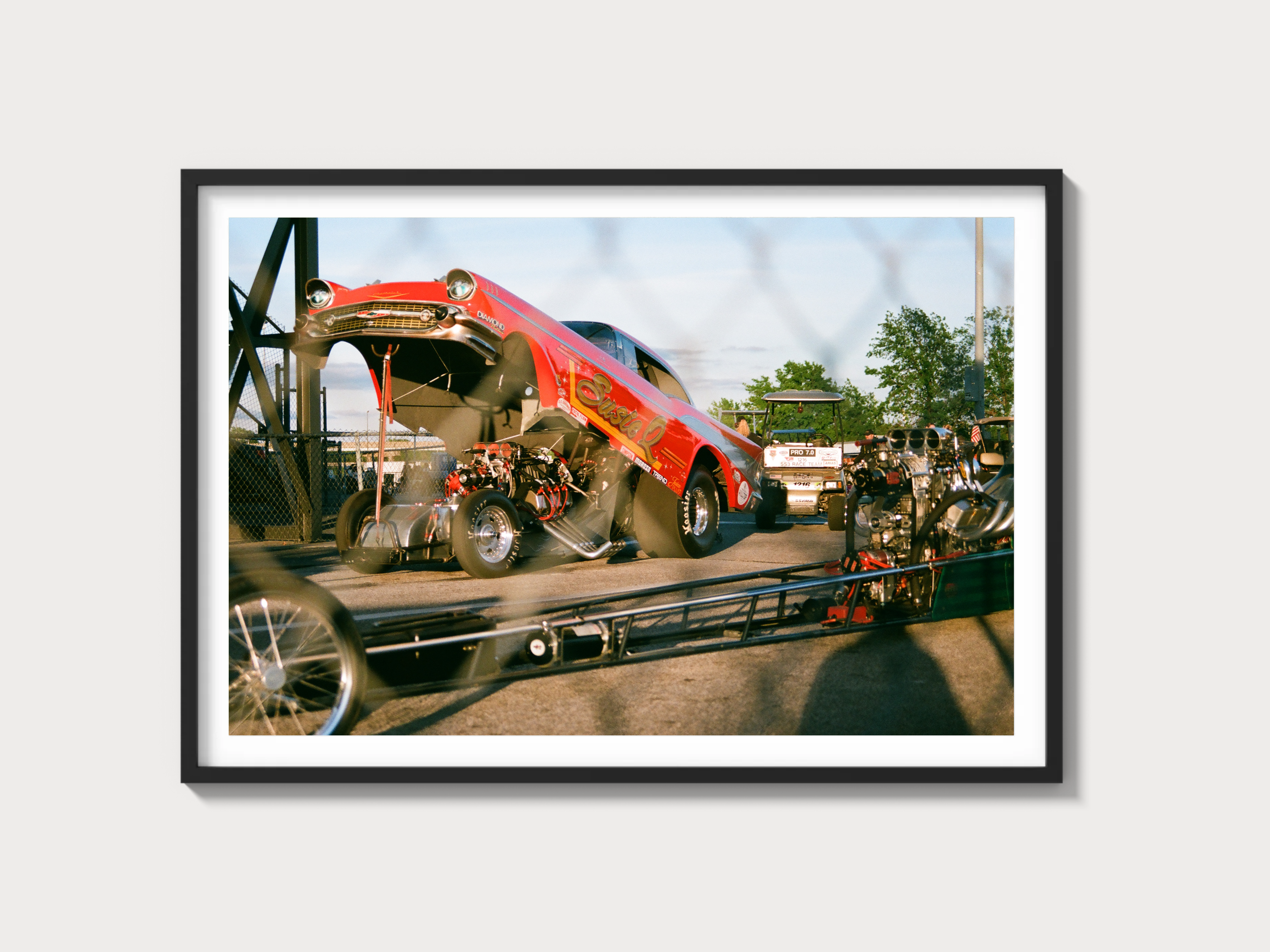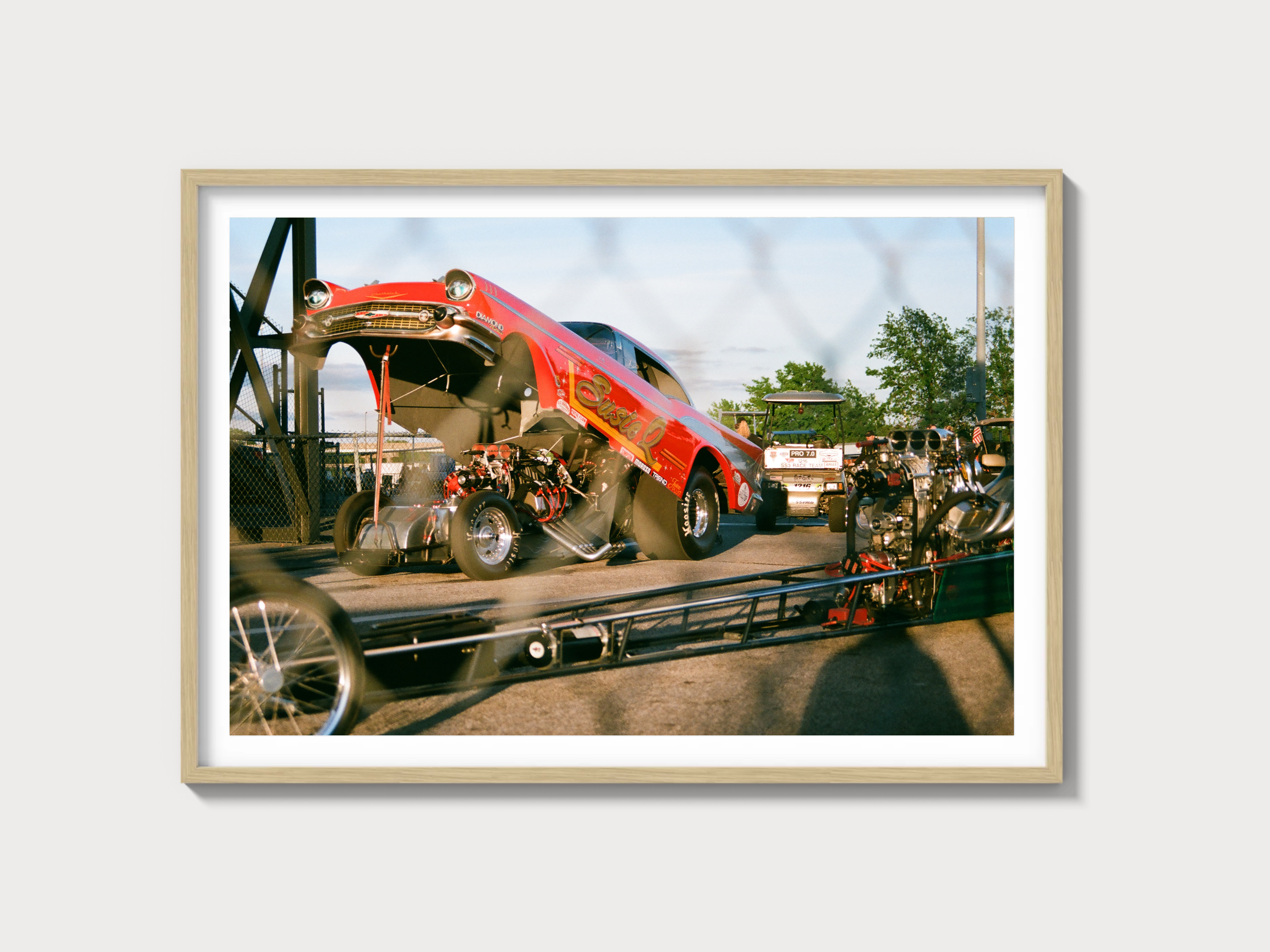1970–1971 Chevrolet Monte Carlo SS 454 — The Big-Block Apex of Chevy’s First Personal Luxury Coupe
Historical Context and Development Background
When Chevrolet launched the Monte Carlo for 1970, it aimed straight at Pontiac’s wildly successful Grand Prix: long hood, short deck, formal roofline, and a dash of Cadillac gravitas, all laid over the Chevelle’s A-body fundamentals. Styling was executed under Bill Mitchell’s GM Design umbrella, with the Chevrolet studio shaping a crisply shouldered coupe on a unique 116-inch wheelbase—longer than Chevelle to create that signature prow and set the Monte’s stance. Body construction was by Fisher, and the car was marketed as a premium two-door that didn’t abandon Chevrolet’s accessible roots.
For enthusiasts, the key was the SS 454 package (RPO Z20). It transformed the Monte from a quiet boulevardier into a bona fide big-block bruiser. Standard front disc brakes, heavy-duty suspension pieces, and the LS5 454-cu in V8 brought Chevelle SS-grade thrust to a refined cabin with woodgrain trim and a dignified dash layout. The SS 454 lasted just two model years—1970 and 1971—making it one of the more fleeting, and therefore coveted, first-gen Monte Carlo variants.
Motorsport wasn’t the raison d’être here; the SS 454 wasn’t a homologation special. But the A-body hardware beneath it was widely campaigned in drag racing’s stock classes, and the Monte Carlo nameplate would later forge a significant oval-track identity. In-period, the SS 454’s real competition lived in showrooms: Pontiac Grand Prix SJ 455, Oldsmobile Toronado (for sheer cubic inches), and Ford’s Thunderbird in spirit if not layout.
Engine and Technical Specifications
The SS 454’s calling card was Chevrolet’s LS5: a 454 cu in big-block with a Rochester Quadrajet 4-barrel, rectangular-port heads’ torque-rich counterpart, and cam timing aimed at street flexibility. In 1970, relatively high compression delivered the full fat of the SAE gross era; in 1971, compression dropped for lower-octane fuel compatibility, along with changes to timing and tuning. Output ratings remained in the stout mid-300s (gross), with the torque curve doing the heavy lifting.
| Specification | Detail |
|---|---|
| Engine configuration | 90° OHV V8 (Chevrolet Mark IV big-block, LS5) |
| Displacement | 454 cu in (7,439 cc) |
| Horsepower (SAE gross) | 1970: 360 hp @ 4,800 rpm; 1971: 365 hp @ 4,800 rpm |
| Torque (SAE gross) | 1970: 500 lb-ft @ 3,200 rpm; 1971: 465 lb-ft @ 3,200 rpm |
| Induction type | Naturally aspirated, Rochester Quadrajet 4-bbl carburetor |
| Redline | ~5,500 rpm |
| Fuel system | Carbureted (mechanical fuel pump) |
| Compression ratio | 1970: ~10.25:1; 1971: ~8.5:1 |
| Bore x Stroke | 4.251 in x 4.00 in |
Transmission fitment on the SS 454 was straightforward: the Turbo Hydra-Matic 400 three-speed automatic. Gear ratios and the big-block’s tidal torque made a clutch unnecessary; factory documentation and period guides consistently show the SS 454 package paired with the TH400.
Driving Experience and Handling Dynamics
At the wheel, the SS 454 blends civility with muscle. There’s the velvet thrum of a Mark IV at idle and the unmistakable Quadrajet moan at wide-open throttle. Throttle response is immediate in the first inch of pedal, rolling into a torque swell that lets you surf city traffic in third without drama. The TH400’s calibration is part of the charm—upshifts are firm but not brittle, and kickdown comes with a decisive downshift and a deep-lunged roar.
Chassis tuning sits on the “heavy-duty” side of A-body comfort. SS 454s received stiffer springs, heavy-duty shocks, a front anti-roll bar and, when specified with F41 components, a rear anti-roll bar with boxed lower control arms. A factory automatic rear level-control system (air shocks with an engine-driven compressor) helped maintain rake with passengers or luggage—a period solution that also kept the rear from squatting under load. Steering is recirculating ball with assist, light on-center but accurate enough when the pace rises. It’s not a canyon carver; it’s a cross-country express that shrugs off long distances, with the big-block loafing at legal speeds even with a shorter axle. Brake feel is solid, anchored by power front discs and rear drums that were more than adequate for the time.
Full Performance Specifications
Period tests of SS 454s varied with axle ratio, tire specification, and options. The numbers below reflect typical contemporary results cited for stock examples.
| Metric | Figure |
|---|---|
| 0–60 mph | ~6.8–7.5 seconds |
| Quarter-mile | ~15.0–15.5 sec @ ~92–95 mph |
| Top speed | ~125–130 mph (axle-ratio dependent) |
| Curb weight | ~3,900–4,050 lb (typical equipment) |
| Layout | Front-engine, rear-wheel drive (FR) |
| Brakes | Power front discs, rear drums |
| Suspension | Front: unequal-length control arms, coils; Rear: 4-link live axle, coils; heavy-duty tuning; rear level control on SS |
| Gearbox | Turbo Hydra-Matic 400, 3-speed automatic |
| Common axle ratios | ~2.56–3.31 (availability varied by order and year) |
| 60–0 mph braking | ~150–160 ft (period bias-ply tires) |
Variant Breakdown (RPO Z20 SS 454)
While the Monte Carlo line offered various small- and big-block options, the SS 454 was a distinct package with specific content and emblems. It was produced for only two model years:
| Year | Production (approx.) | Drivetrain & Output | Key Visual/Equipment Notes |
|---|---|---|---|
| 1970 SS 454 (RPO Z20) | ~3,823 units | LS5 454, 360 hp (SAE gross), 500 lb-ft; TH400 only | SS 454 badging; heavy-duty suspension; front discs; rear automatic level control; Monte-specific grille; bright moldings typical of Monte Carlo; Rally-type wheels and raised-white-letter tires common |
| 1971 SS 454 (RPO Z20) | ~1,919 units | LS5 454, 365 hp (SAE gross), 465 lb-ft; TH400 only; lower compression | Minor grille/trim revisions versus 1970; continued SS 454 emblems; heavy-duty suspension and level control retained |
Notes: The factory SS 454 package was not offered with the LS6 454. The SS 454’s transmission pairing in factory literature and surviving documentation is the TH400 automatic.
Ownership Notes: Maintenance, Parts, and Restoration
- Engine care: The LS5 thrives on regular oil changes (around 3,000-mile intervals), correct ignition timing, and a properly tuned Quadrajet. 1970 high-compression engines were designed for higher-octane fuel; detonation control is critical. 1971 engines tolerate lower octane better due to reduced compression.
- Valve seats: Like many period big-blocks, original heads may not have hardened exhaust seats. Sustained high-load use with unleaded fuel can encourage seat wear; hardened seats are a common upgrade during rebuilds.
- Cooling: Ensure radiator capacity and fan clutch are healthy. Big-block heat soak can highlight marginal radiators, clogged cores, or weak fan clutches, especially with A/C.
- Level-control system: The SS’s automatic rear leveler (air shocks, lines, and compressor) is clever but can leak. Reproduction pieces exist, but original compressors and valves can be challenging to restore correctly.
- Chassis and brakes: Boxed rear lower control arms and sway bars (where equipped) are robust. Keep bushings fresh and confirm rear drum adjustment. Power front discs are straightforward to service.
- Transmission: The TH400 is famously durable. Fluid and filter service around 30,000-mile intervals helps, as does checking the vacuum modulator and kickdown switch.
- Rust watchpoints: Lower front fenders, rear quarter wheel arches, trunk drop-offs, cowl and windshield channel, body mounts, and the frame kick-up over the rear axle. Cars with vinyl tops deserve extra scrutiny for hidden moisture traps.
- Parts availability: Mechanical and A-body chassis components are widely supported. Monte Carlo-specific trim (grille pieces, moldings, SS 454 emblems, level-control hardware) can be harder to source and more expensive.
- Restoration difficulty: Drivetrain and suspension are approachable; concours-correct trim and SS-only details are what separate good restorations from great ones.
Cultural Relevance and Market Perspective
The first-gen Monte Carlo built a reputation as the tasteful muscle coupe—serious torque and long-legged manners wrapped in a formal suit. The SS 454 represents the pinnacle of that idea before emissions and insurance pressures altered the landscape. It’s also a car that straddles two worlds: muscle-era performance hardware and the burgeoning personal-luxury formula that would dominate the 1970s.
Collector interest reflects its brief run and specification. Documented, numbers-matching SS 454s trade at a premium over small-block Montes, with highly original or expertly restored cars commanding strong prices. Historically, well-kept examples have sold in a broad range depending on provenance, options, and correctness, with exceptional cars capable of reaching notably higher results than driver-grade examples.
Pop culture exposure has been more diffuse than headline muscle names, but the Monte Carlo silhouette—particularly in first-gen form—has enjoyed enduring visibility in enthusiast circles, from period street machines to lowrider builds. The SS 454’s relative scarcity adds cachet without the glare (and cost) of a Chevelle SS.
Frequently Asked Questions
How many were built?
Approximately 3,823 SS 454s in 1970 and about 1,919 in 1971.
Did Chevrolet ever offer a 4-speed manual in the Monte Carlo SS 454?
Factory documentation for the SS 454 package pairs it with the Turbo Hydra-Matic 400 automatic. The SS 454 is overwhelmingly documented as TH400-only from the factory.
Was the LS6 454 available in the Monte Carlo?
No. The production SS 454 package used the LS5. The LS6 was not a cataloged Monte Carlo option.
What changed from 1970 to 1971?
Lower compression and revised tuning on the LS5; output figures changed accordingly (gross ratings). Trim and grille details were updated in typical Chevrolet fashion. The SS 454 package content remained broadly similar.
What axle ratios were common?
Ratios varied by order; highway-friendly gears around the mid-2s were common, with performance-oriented ratios around the low-3s available. Actual fitment depends on the build sheet.
What are common problem areas?
Cooling system fatigue, leaks/failures in the rear level-control hardware, aged suspension and steering bushings, Quadrajet misadjustment, vacuum leaks affecting HVAC and transmission controls, and the typical A-body rust zones (cowl, quarters, trunk, mounts, and frame).
What performance can I expect from a stock SS 454?
Period tests typically recorded 0–60 mph in the high-6 to mid-7-second range, quarter-mile in the low-to-mid 15s around the mid-90s mph, depending on axle ratio and tires.
What documentation is important?
Build sheets (often found originally behind seats or above the fuel tank), original Protect-O-Plate, and matching numbers on engine pad, transmission tag, and rear axle stamp. SS-specific parts and emblems should match the car’s build date and year-specific details.
Concise Specification Recap
| Item | 1970 SS 454 | 1971 SS 454 |
|---|---|---|
| Engine | LS5 454, 4-bbl, ~10.25:1 | LS5 454, 4-bbl, ~8.5:1 |
| Output (SAE gross) | 360 hp / 500 lb-ft | 365 hp / 465 lb-ft |
| Transmission | TH400 automatic (3-speed) | TH400 automatic (3-speed) |
| Front/Rear Suspension | Coils, unequal A-arms / 4-link live axle, coils; heavy-duty tuning; level control | Coils, unequal A-arms / 4-link live axle, coils; heavy-duty tuning; level control |
| Brakes | Power front discs, rear drums | Power front discs, rear drums |
| Approx. curb weight | ~3,900–4,050 lb | ~3,900–4,050 lb |
| Layout | Front-engine, rear-drive | Front-engine, rear-drive |
The 1970–1971 Chevrolet Monte Carlo SS 454 sits at a crossroads moment for GM: peak cubic inches meeting a rising personal-luxury brief. For collectors and drivers alike, it delivers authentic big-block character with a finish and refinement that distinguishes it from many muscle contemporaries—and its two-year run ensures it remains a connoisseur’s choice within the Chevrolet Monte Carlo family.




